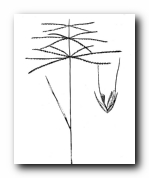
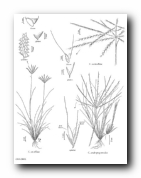
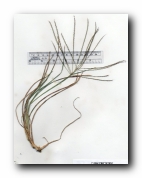

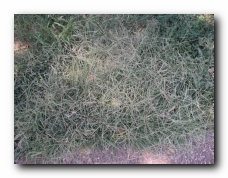
-DSCN4387.jpg)
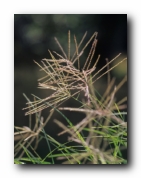
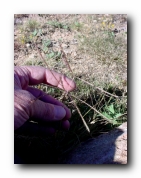
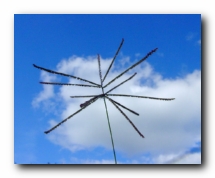
-DSCN4386.jpg)
-DSCN4390.jpg)
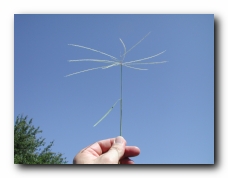
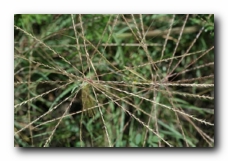
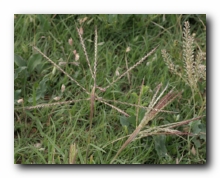
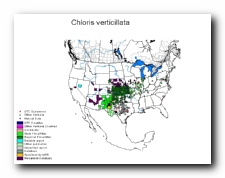
40" Rows:
Broadcast:
Sandy:
Loam:
Clay:
Habit: Tufted perennial.
Culms: 10-40 cm. tall, erect or decumbent at the base, sometimes rooting
at the lower nodes.
Blades: Crowded at the base, light green 3-7 cm. long, 1-4 mm. wide, the
upper shorter, folded, abruptly pointed, margin and surface scabrous.
Sheaths: Shorter than the internodes, loose, flattened.
Ligule: Membranous, fringed, less than 1 mm. long.
Inflorescence: Spikes slender, 8-13 (21), usually widely spreading, 5-11 cm. long,
in 1-3 whorls, often naked at the base, clustered ate the apex of
the culm, axils usually pubescent, the slender rachis, scabrous.
Inflorescence breaks away as a tumbleweed.
Spikelets: Without the awns about 3 mm. long, flattened, 1 perfect flower,
crowded in two rows, in verticillate or approximate spikes, the
rachilla disarticulating above the glumes and prolonged behind
the palea and bearing 1 or more rudimentary awned sterile lemmas.
Glumes: 1-nerved, acuminate, awn-pointed, narrow, scabrous on the nerves,
first about 2 mm. long, the second about as long as the spikelet.
Lemmas: Exclusive of the awn, 2-3 mm. long, 3-nerved, obtuse, the nerves
ciliate, especially the lateral ones, bearing just below the apex a
scabrous awn, usually 2-5(8) mm. long, sterile lemma one, 1.5-2 mm.
long, less than 1 mm. wide, truncate, 3-nerved, bearing below the
apex an awn shorter than that of the fertile lemma.
Palea: Folded, 2-keeled, about equaling the lemma.
Rudiment: Cuneate-oblong, rather turgid, about 0.7 mm. wide as folded,
truncate, the awn about 5 mm. long.
Fruit: Grain free within the lemma and palea.
Habitat: Prairies and plains. May-July; September.
Special Notes:
Tumble Windmillgrass (Chloris verticillata) Information #2